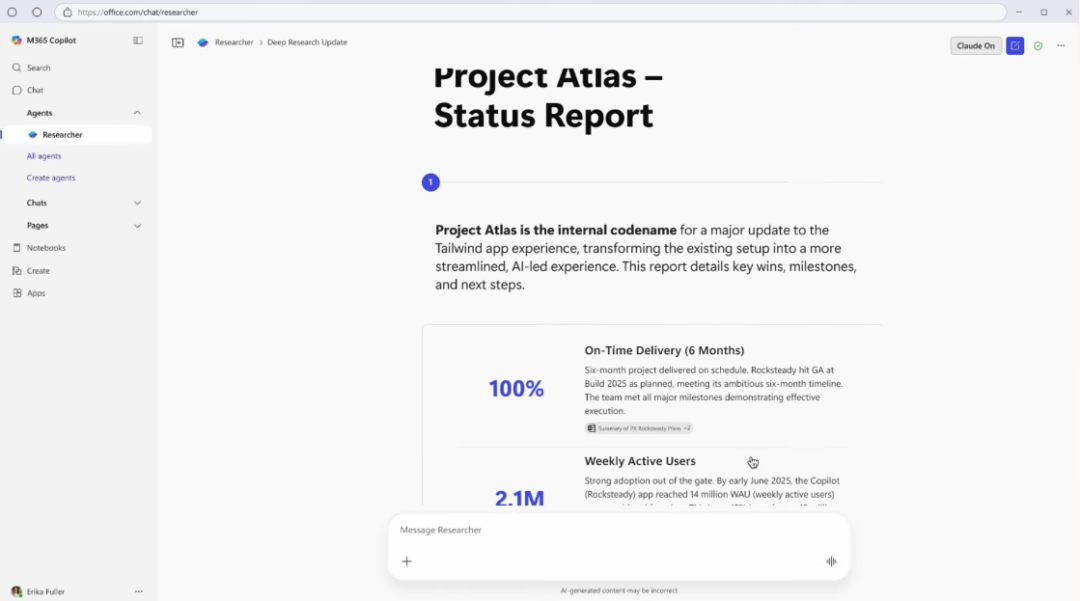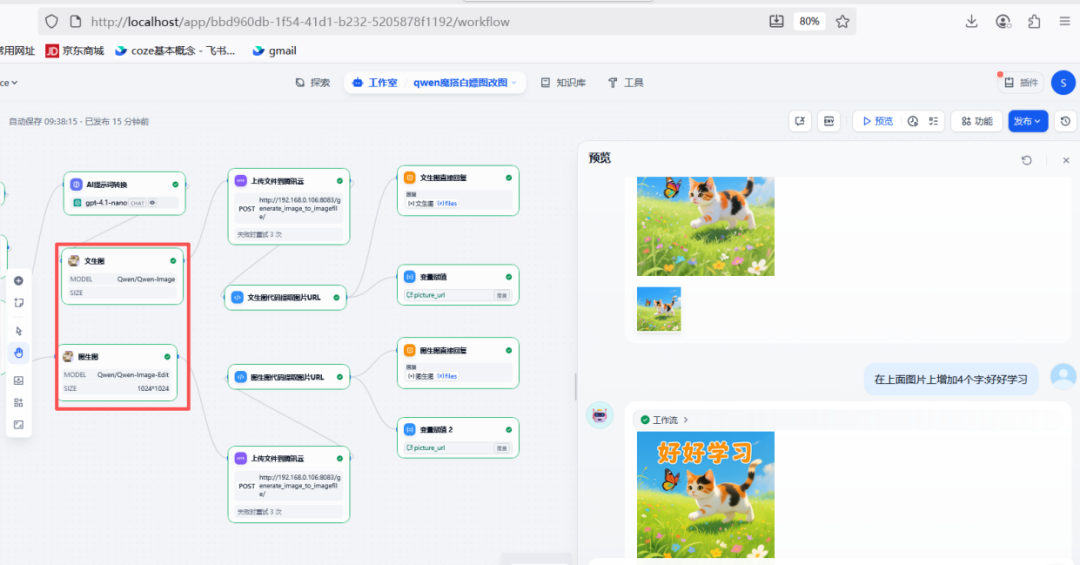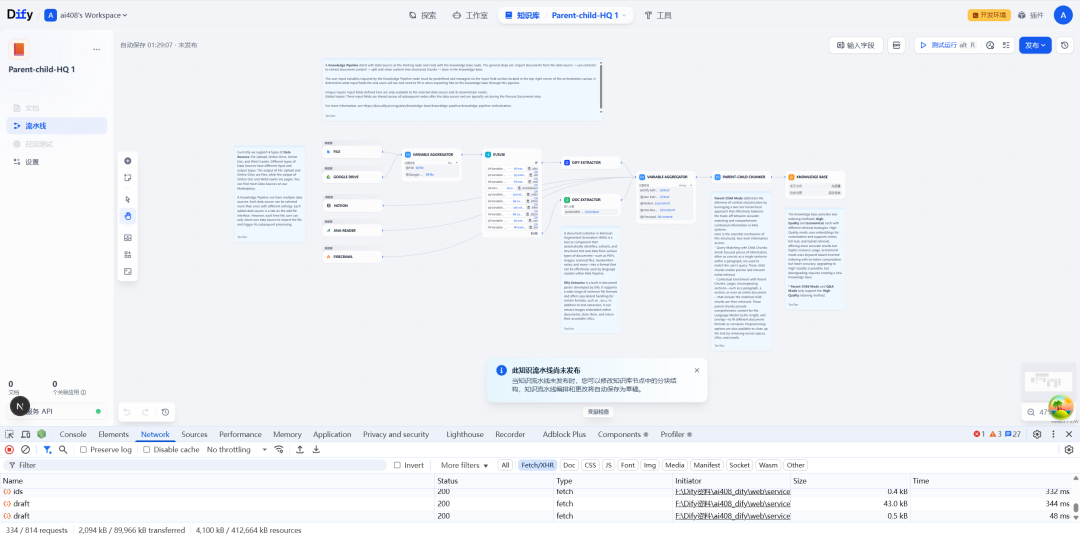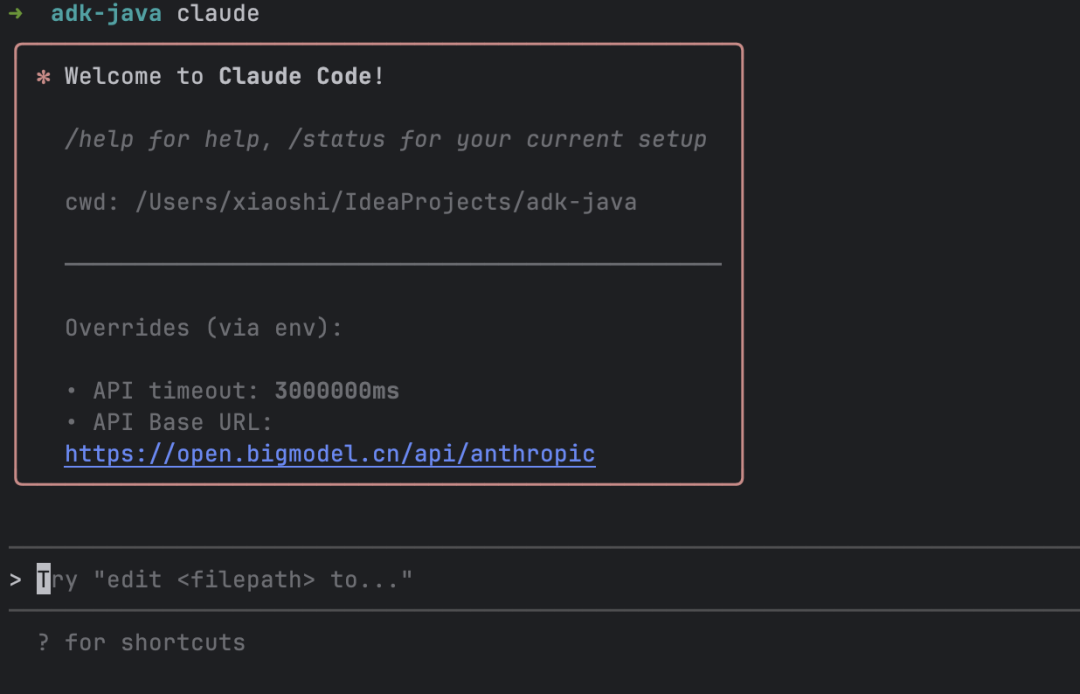Formula recognition accuracy optimization scheme
SmolDocling provides the following enhancement solutions for the formula recognition challenges in academic literature:
- Input pre-processing stage: 1) Ensure that the scanning resolution is ≥ 300 dpi 2) Use the
PillowThe library was subjected to grayscale enhancement (image.convert("L")) 3) Angle correction for skewed documents with OpenCV first - Model specific optimization1) Built-in LaTeX syntax converter 2) Adopt symbol attention mechanism to improve operator recognition rate 3) Support segmentation recognition mode to analyze complex formulas in layers.
- Post-processing techniques:: 1) Adoption
docling_core(used form a nominal expression)post_process_formula()method to verify symbolic integrity 2) Add theverbose=2Parameters show identification confidence 3) Use for multi-line formulas\begin{equation}environmental package
Typical error avoidance: 1) Avoid shooting reflective paper documents 2) Handwritten formulas need to ensure that the spacing between characters > 3mm 3) Matrix formulas are recommended to deal with a separate screenshot
This answer comes from the articleSmolDocling: a visual language model for efficient document processing in a small volumeThe

































